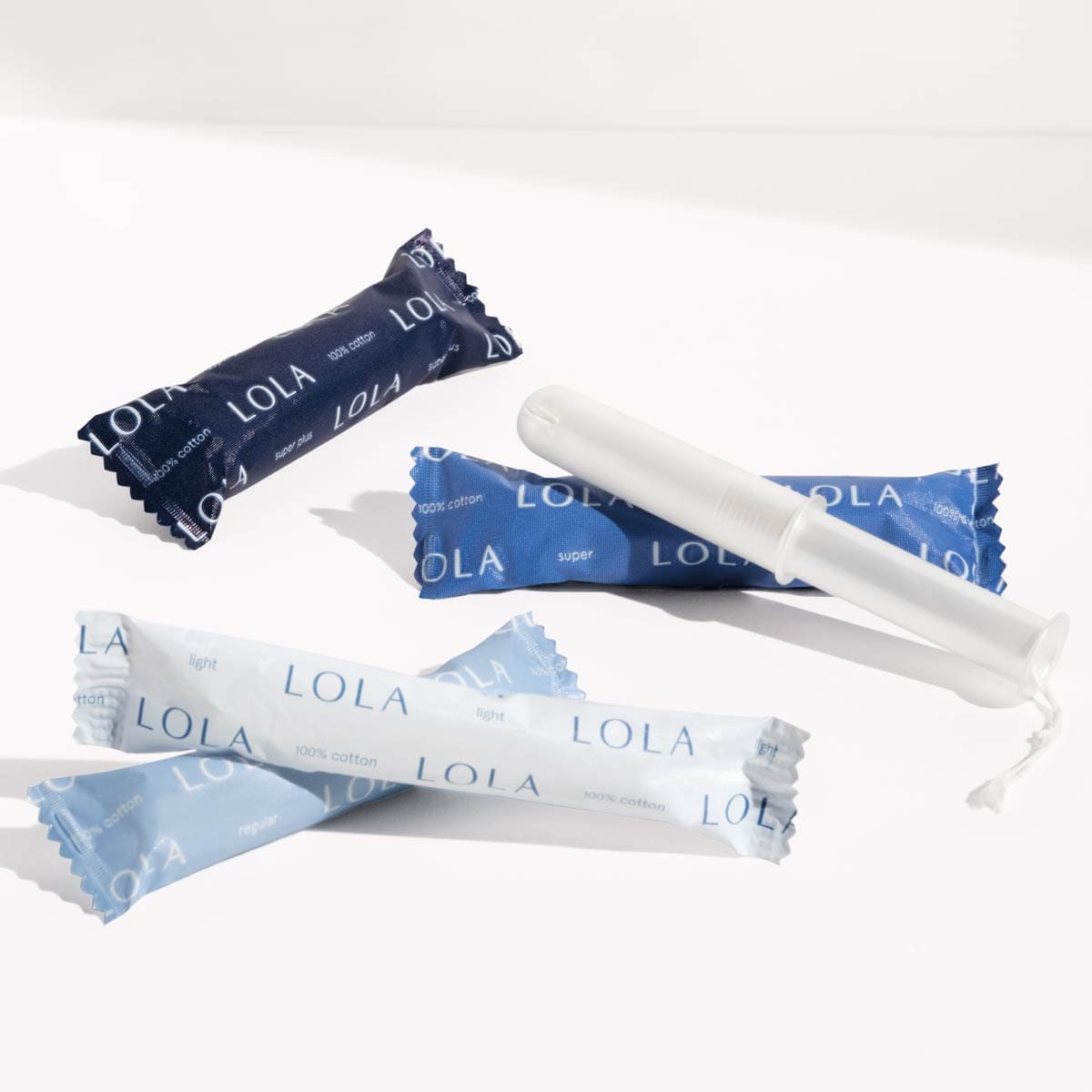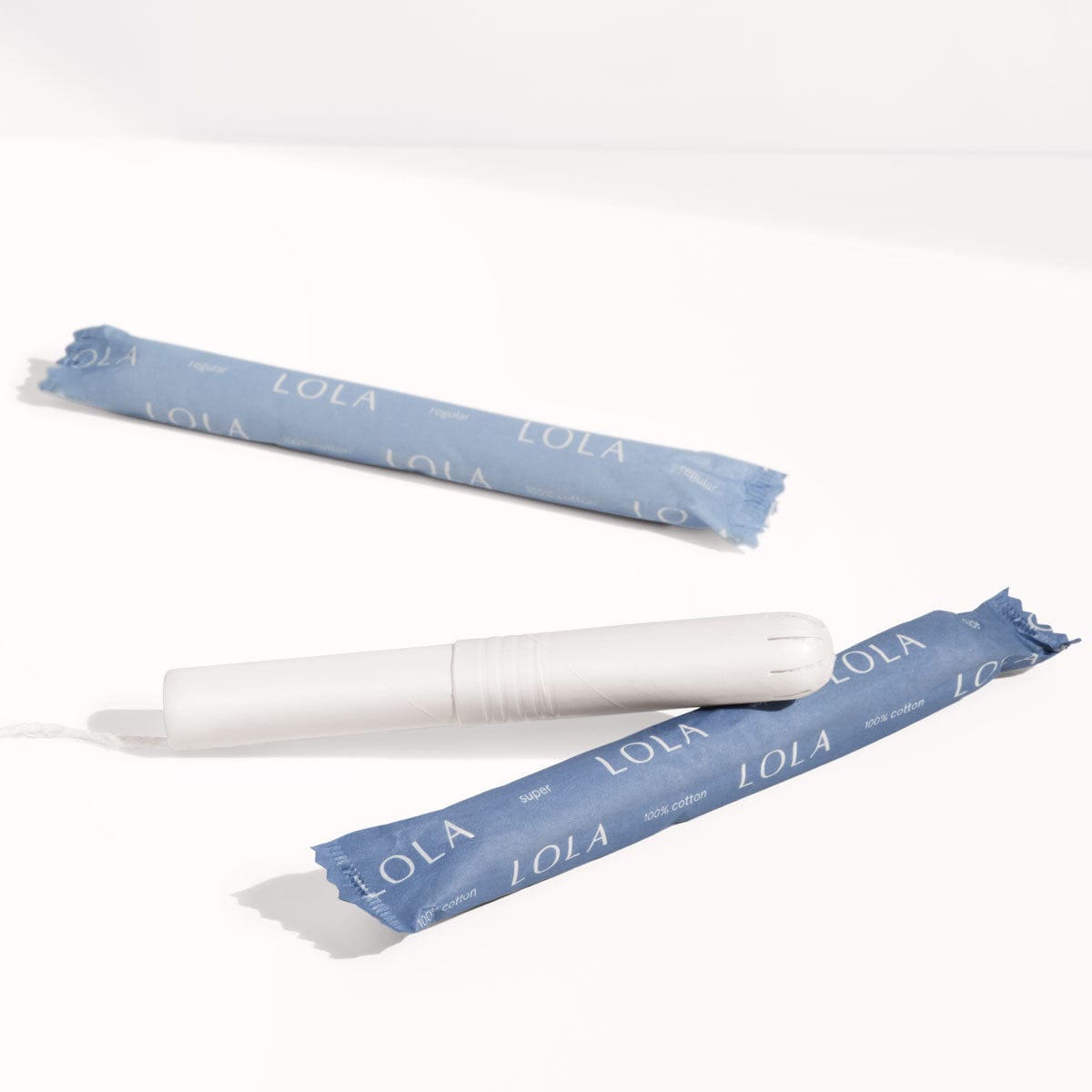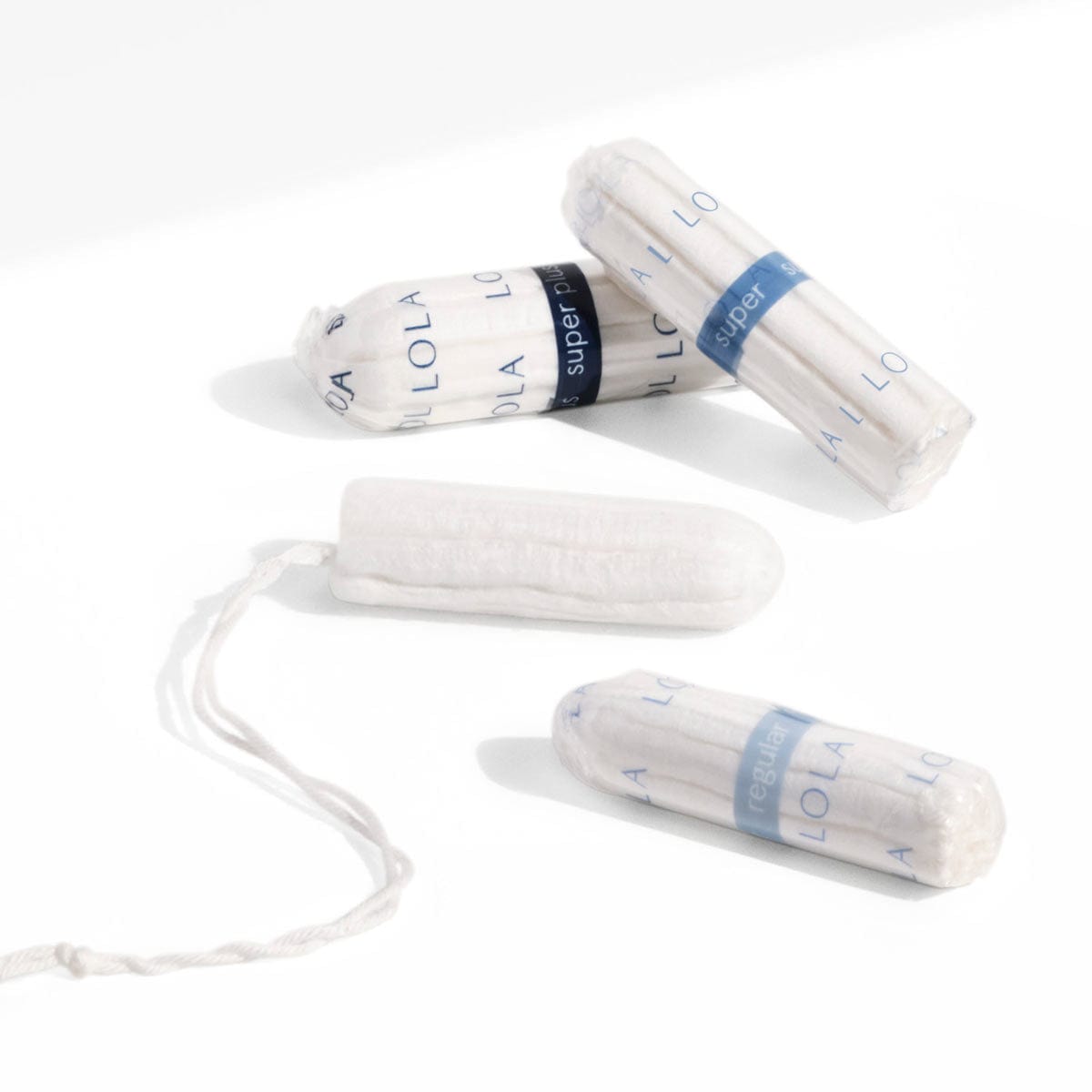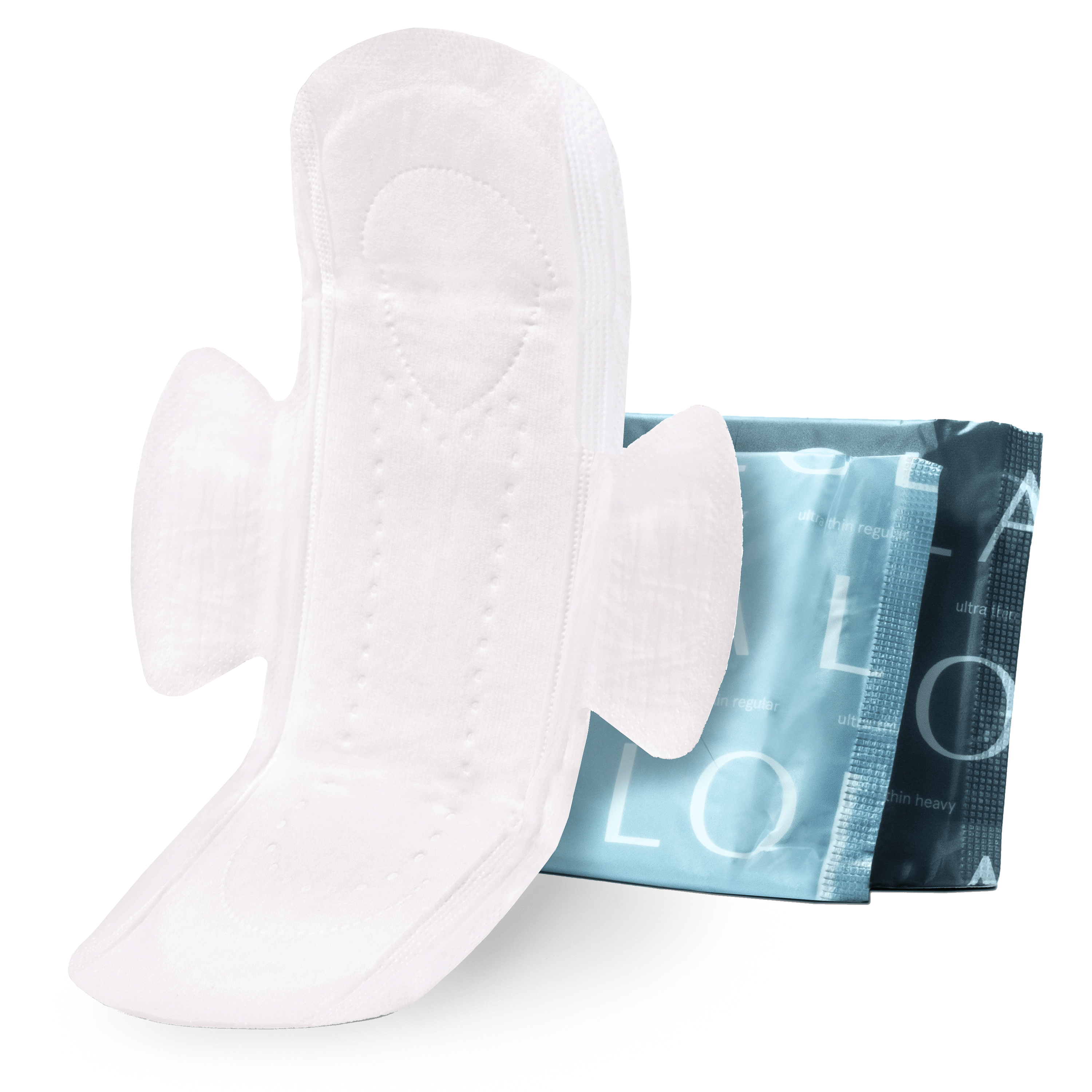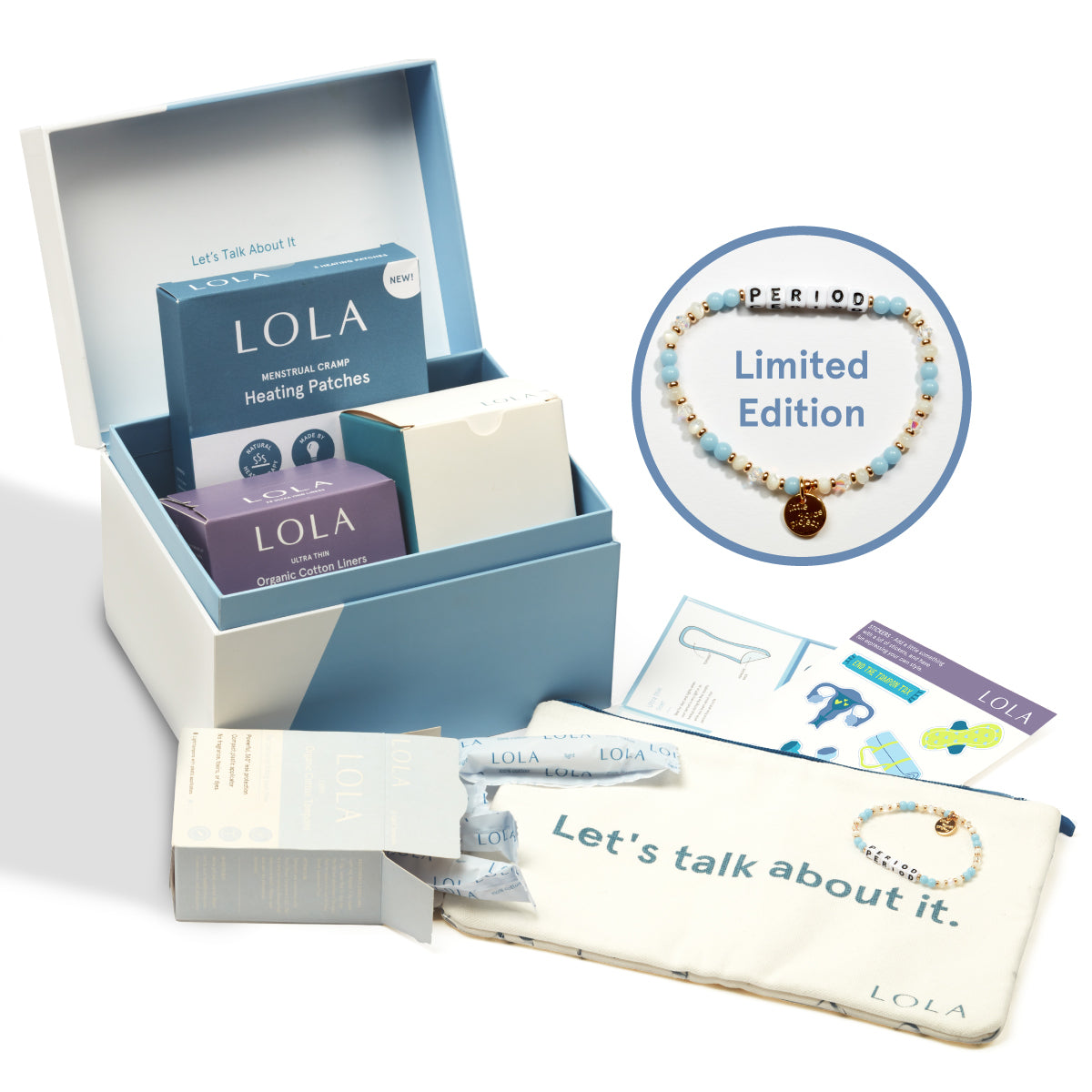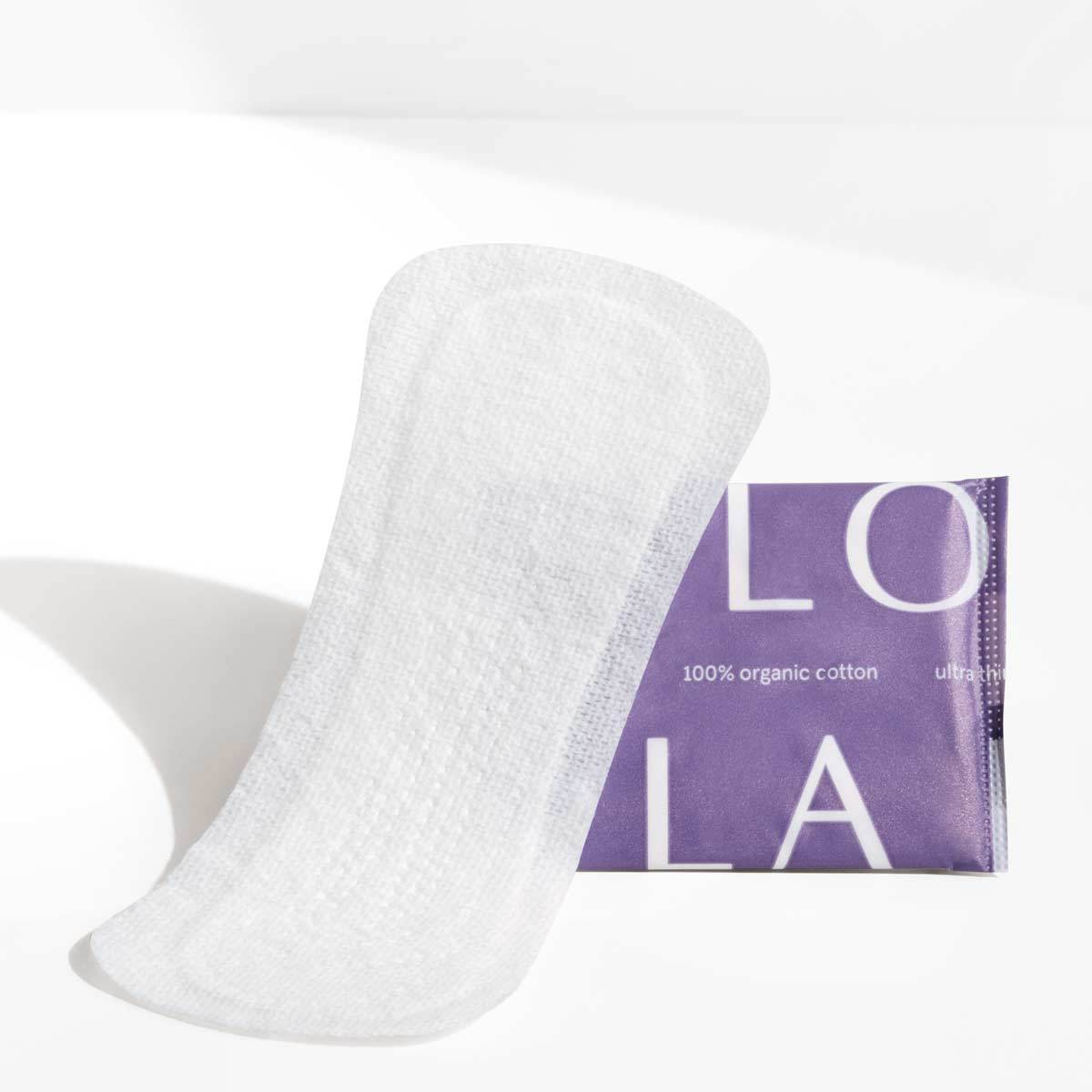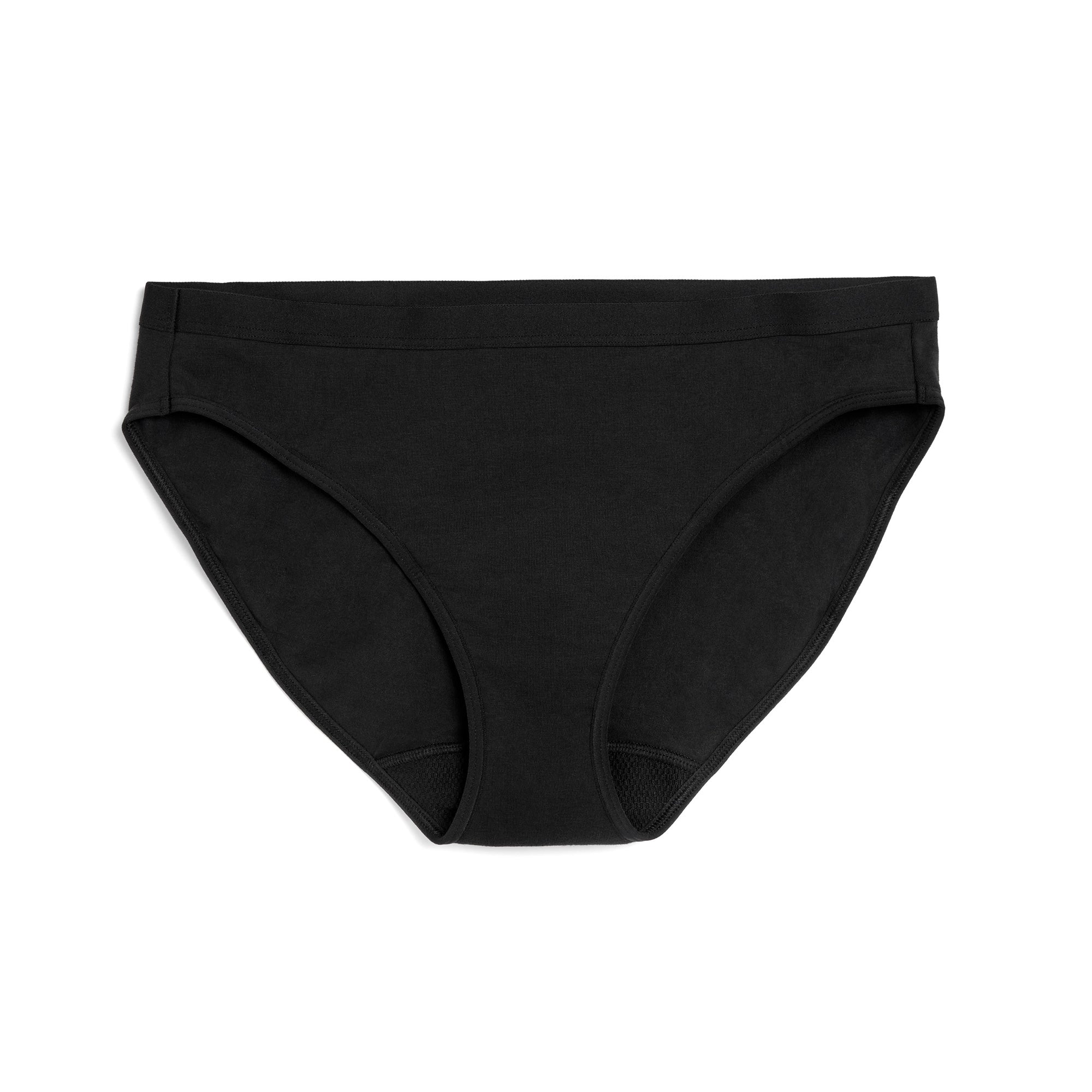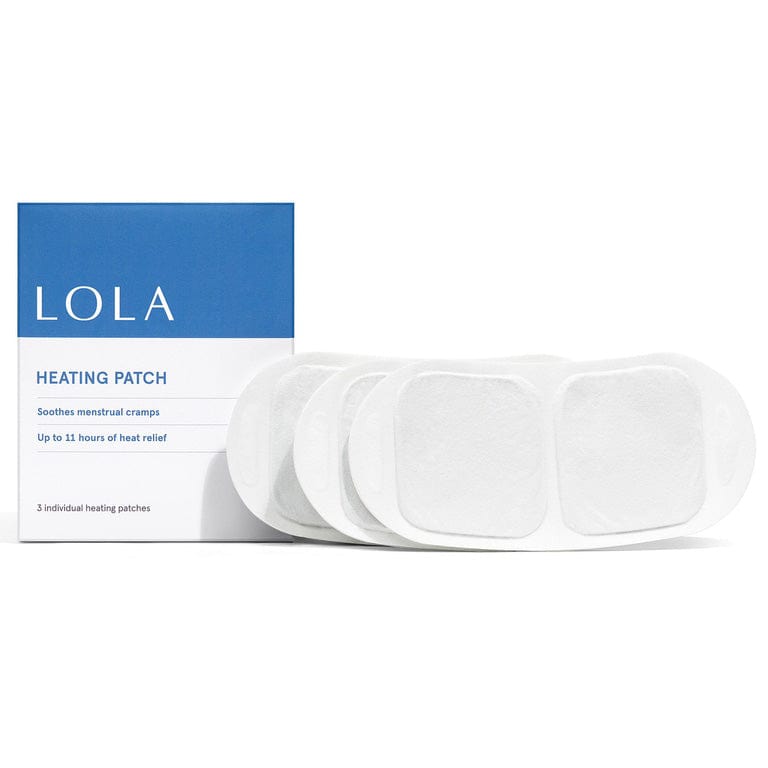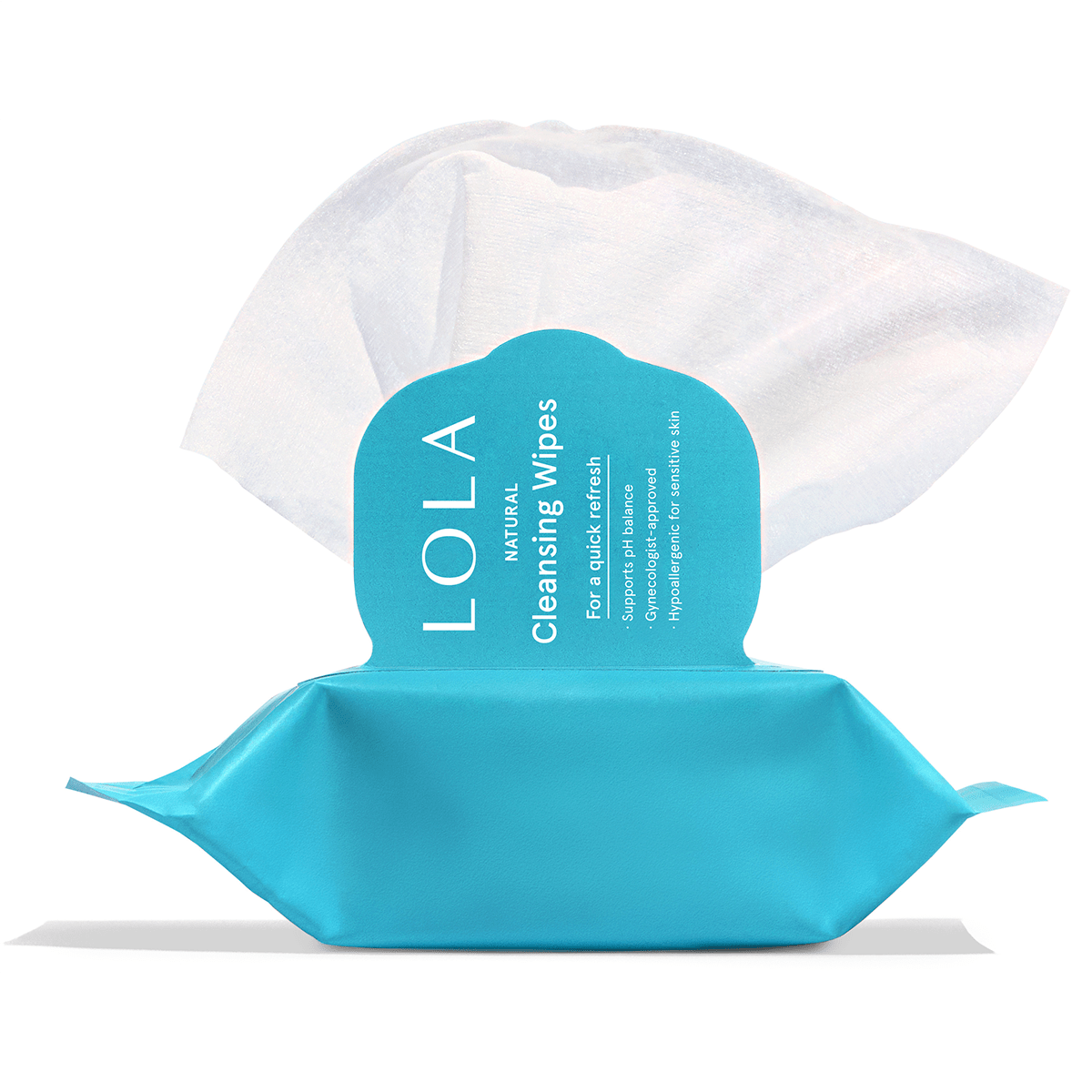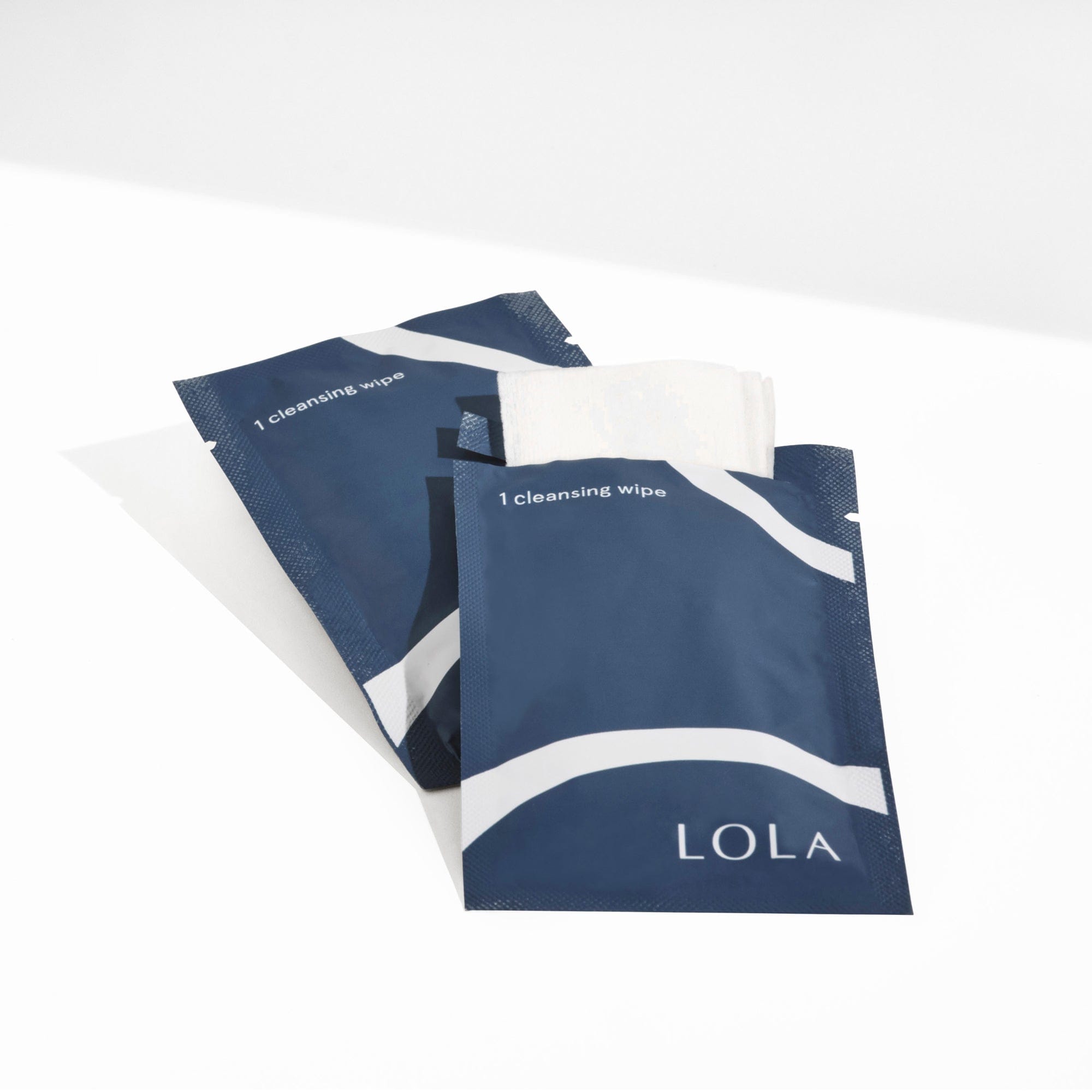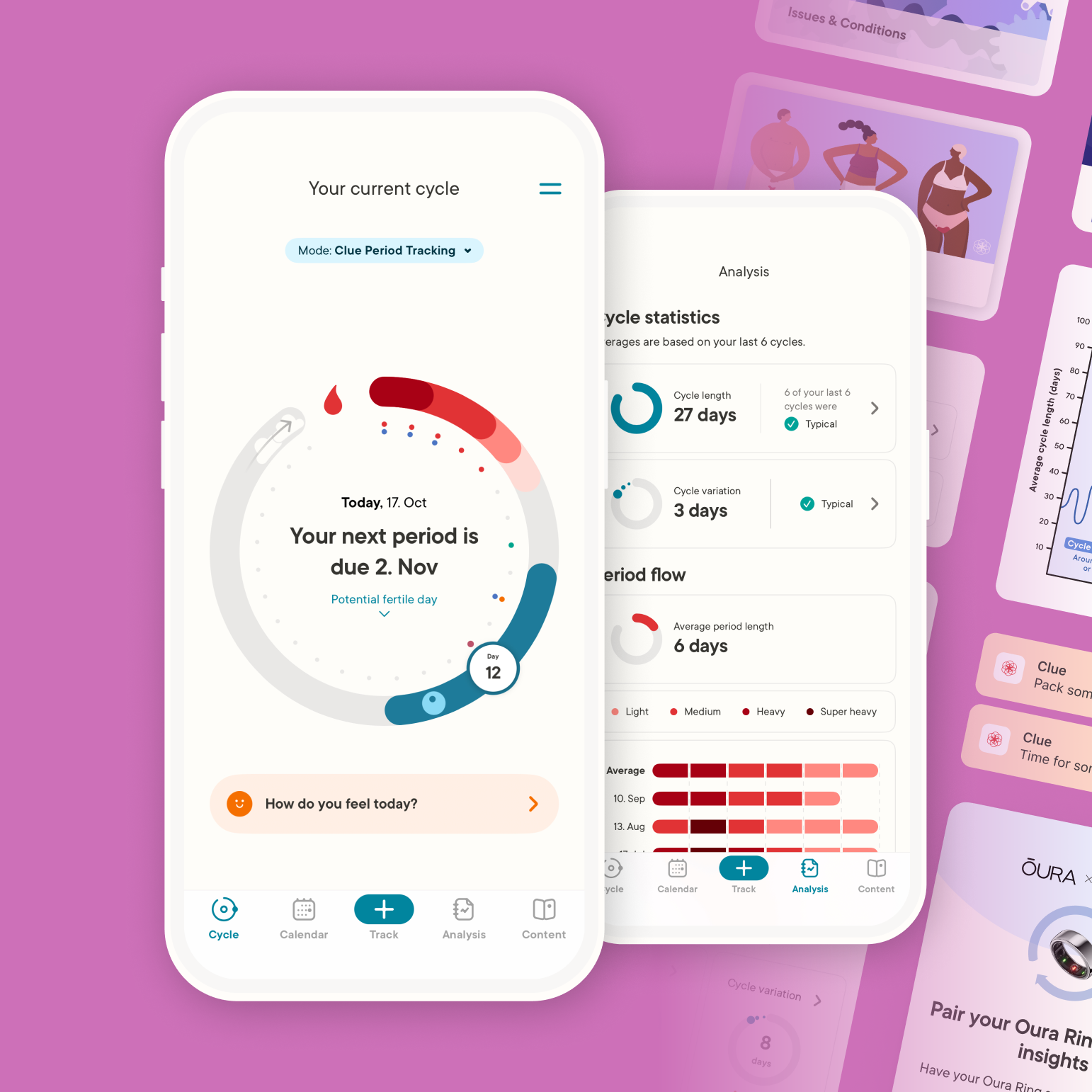It's a fact that over the last few centuries the age of puberty onset has dropped significantly. But how early is too early? When you had your first period, were you concerned that it came too early or too late? Probably not. You got it when you got it. If you were the first (or last) in your friend-group, you didn't think that something was "wrong" with you. These days, when it comes to puberty, many parents believe there is more to worry about. Problems caused by chemicals in our environment, which may act as hormone disruptors, or the childhood obesity epidemic are thought to be putting girls at risk for earlier puberty. Confusing and controversial information is a click away and can be difficult to interpret fueling anxiety and fear.
In general, most girls will have their first period about two years after seeing the earliest signs of puberty (the combination of breast budding, the appearance of pubic hair, and the start of the pubertal growth spurt). Today, on average, puberty will start at age 10.5 in females. Often, girls get their period at similar ages to their mothers or sisters but there are exceptions to this rule. There have always been early and late bloomers among us. It can be difficult to be an outlier in either group, but most of the time, it is perfectly normal. The feeling that a girl's childhood was stolen by experiencing puberty early is a heartbreaking emotion, and it can feel overwhelming for both mother and daughter. Navigating bras, period pads, and pimples at nine or ten years old may be completely normal for some girls. At the other end of the spectrum, delayed puberty (no signs of a period by age seventeen) may spark other concerns.
Learning about "fake" puberty
Precocious puberty is the term for puberty starting before age 8 years of age. There may be isolated signs of "fake" puberty that are concerning to parents. Sometimes, girls as young as 6-years-old may present with sparse pubic hair, hair in the axilla (armpits), and body odor, all of which are usually NOT a cause for concern. These changes are called premature adrenarche and are caused by slightly elevated adrenal DHEA levels. This does NOT mean that a girl will get her period earlier than the rest of the pack.
Another form of "fake" puberty is premature thelarche, which means isolated breast development, and also does NOT mean your daughter is starting puberty. These girls might have puffy nipples beginning at age one or two that will persist throughout childhood. In both cases, it's important to reassure the parent that premature adrenarche or premature thelarche are perfectly normal. As a reminder, parents should not make their daughters feel self-conscience about their bodies.
So when is early too early?
Full-on puberty starting before age eight warrants an evaluation by a pediatric endocrinologist. The switch that triggers the start of puberty can be prematurely turned on by an abnormal hormonal signal from the thyroid gland, pituitary gland, the ovaries, or by hormone-producing tumors. In this case, your daughter will need imaging studies (x-rays and scans) and laboratory tests to determine the cause of precocious puberty. Be assured that precocious puberty can be halted temporarily and managed by medication after a diagnosis is made.
Another situation that deserves the attention of your pediatrician or an endocrinologist is puberty that progresses extremely rapidly. If a young girl (eight to ten years old) starts her period within months of starting puberty, this might warrant evaluation. The average time from breast budding and appearance of pubic hair to menarche (the first period) is approximately two years. If the period starts prematurely in the puberty cycle (less than one year), it may mean that the uterus is more sensitive to hormonal fluctuations that cause withdrawal bleeding (a period). Most of these girls will have anovulatory cycles,meaning they will get a period without ovulating, and should continue to grow to reach their genetic potential.
Since puberty and periods are closely linked to growth spurts, a short time interval between the first signs of puberty and the first period may indicate that a girl will stop growing very early.The pubertal growth spurt starts with the onset of breast development. Once the period starts, most girls will continue growing (albeit at a reduced velocity) for another two years but some will stop growing almost immediately. Monitoring growth and bone maturity with a test called a Bone Age (a hand X-ray) can be helpful in deciding whether a girl needs to be evaluated by a pediatric endocrinologist.
Bottom line
Most girls with signs of early puberty have a form of "fake" puberty and there is no cause for concern. A few girls (<2%) will have true precocious puberty or a form of rapidly progressing puberty. These young girls should be evaluated by their pediatrician or a pediatric endocrinologist. Medical tests that look at hormone levels, bone age, and scans of the ovaries or brain may be needed to determine the cause and then the treatment. If there is an issue with an abnormal hormonal signal, this can be treated with a variety of medications that can slow or even stop the progression of puberty until a girl has had time to grow and mature.
Check out our top-rated line of BPA-free plastic applicator tampons and ther rest of our organic period products.
